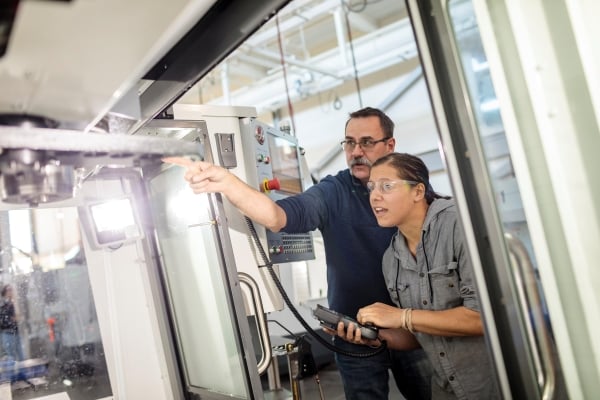Positive partnerships between short programs and the workforce are essential for meeting the needs of businesses and the job market. Short programs provide individuals with valuable skills and knowledge in a relatively short period of time, making them highly attractive to both employers and job seekers.
One of the key benefits of short programs is their flexibility. They can be completed in a matter of weeks or months, allowing individuals to quickly acquire new skills and qualifications without the time commitment required for a traditional degree program. This flexibility is especially important in today’s fast-paced and ever-changing job market, where individuals need to continuously update their skills to remain competitive.
Another advantage of short programs is their focus on practical, hands-on learning. These programs are designed to provide individuals with the skills and knowledge they need to succeed in their chosen field, without the theoretical coursework often found in traditional degree programs. This practical approach is highly valued by employers, who are looking for individuals who can hit the ground running and make an immediate impact in the workplace.
Positive partnerships between short programs and the workforce are beneficial for both parties. Employers benefit by having access to a pool of skilled and qualified candidates who can help meet their business needs. Job seekers benefit by obtaining valuable skills and qualifications that can enhance their career prospects and increase their earning potential.
In addition, short programs can help address skills gaps in the workforce by providing individuals with the specific skills and knowledge needed to fill in-demand positions. This can help to boost economic growth and job creation, as well as improve the overall competitiveness of businesses.
Overall, positive partnerships between short programs and the workforce are essential for meeting the needs of businesses and the job market. By providing individuals with valuable skills and knowledge in a short period of time, these programs can help to bridge the gap between education and employment, and ensure a strong and skilled workforce for the future.



